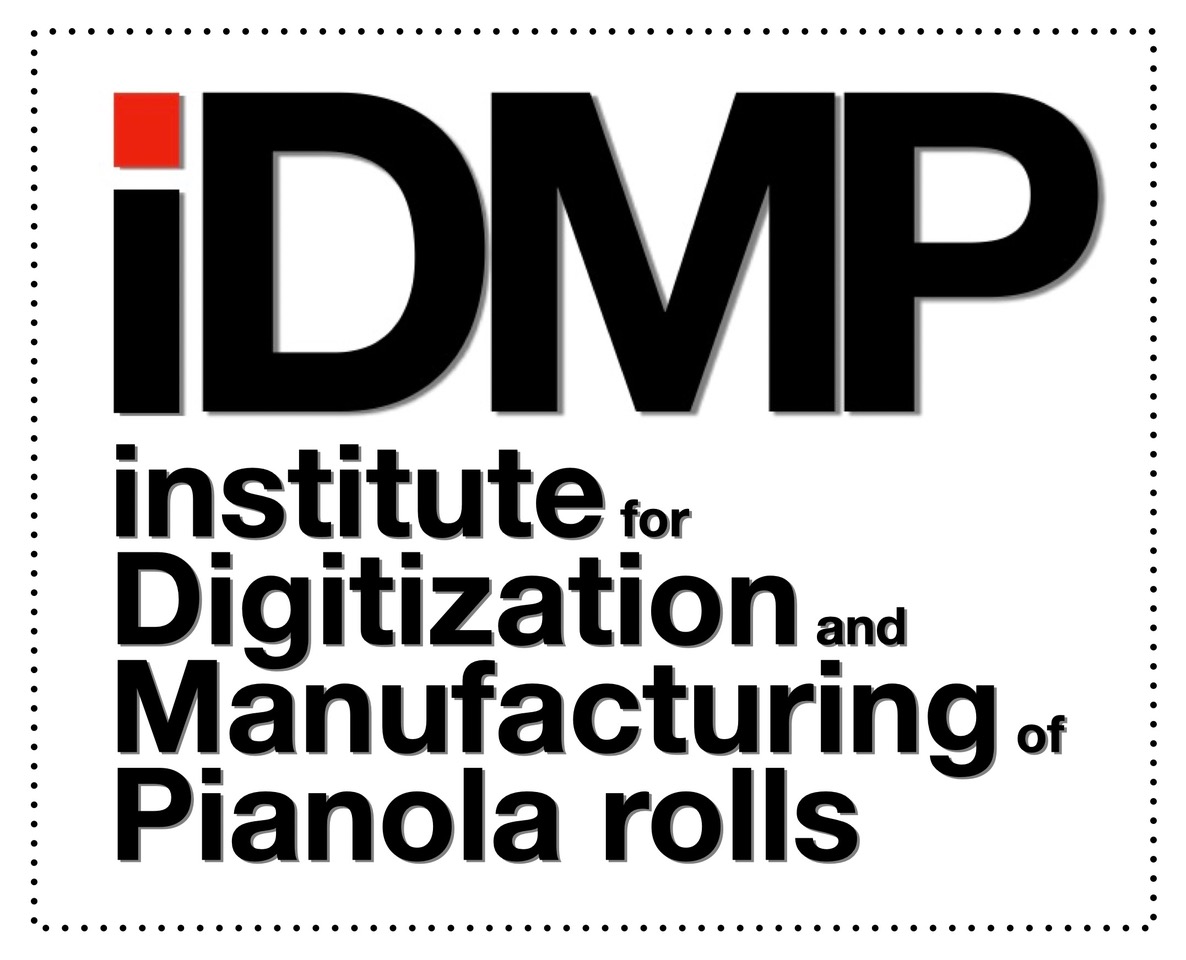To say the truth, these are only pests because they damage the piano or our health and we don't want to. Seen in this way, we humans are also - and probably the biggest - pests for others.
Essentially, four types of pest infestation are critical for a piano: woodworms, moths, mice and mould bacteria. The latter are not only critical for the piano, but also for your own health.
The materials (felt, wood, etc.) and the environment (protected and poorly ventilated) in the piano provide ideal conditions for these pests. The mould bacteria ('white mould') benefit from the higher humidity required for the piano, the frequent lack of ventilation and the location close to outside walls. The mould spores are poisonous to humans and must be removed professionally.
Even today, these pests are still travelling unnoticed in the best and most well-kept households. As a general rule, an unplayed piano is more likely to be visited by pests than a played one. Stored pianos are particularly at risk. Modern building materials in newer pianos are already pre-treated against pests - but even this does not always provide protection.
The cover photo shows a bad example for the instrument as well as for the owner and the mice. A nest of mice with two dead animals inside. Before that, however, the animals have caused considerable damage to the mechanical felt, keyboard and keyboard base wood. The mouse urine also causes great damage to the instrument. If there is no eager cat in the house, it is therefore worth taking other suitable measures against rodents to preserve the value of the instrument. Old pianos usually have grille guards on the back and sometimes also in the pedal area to keep the rodents out. However, mice always find a way in.
Please also read our piano valuation offer..


